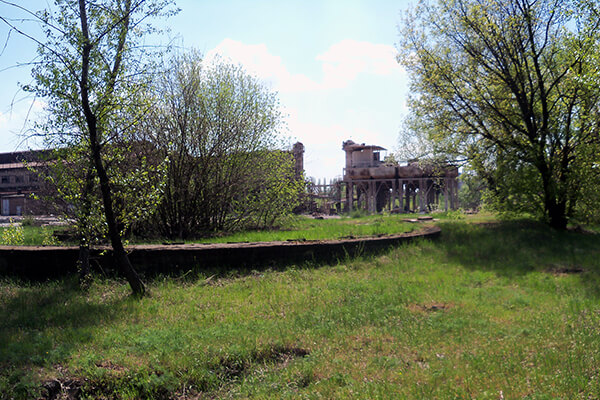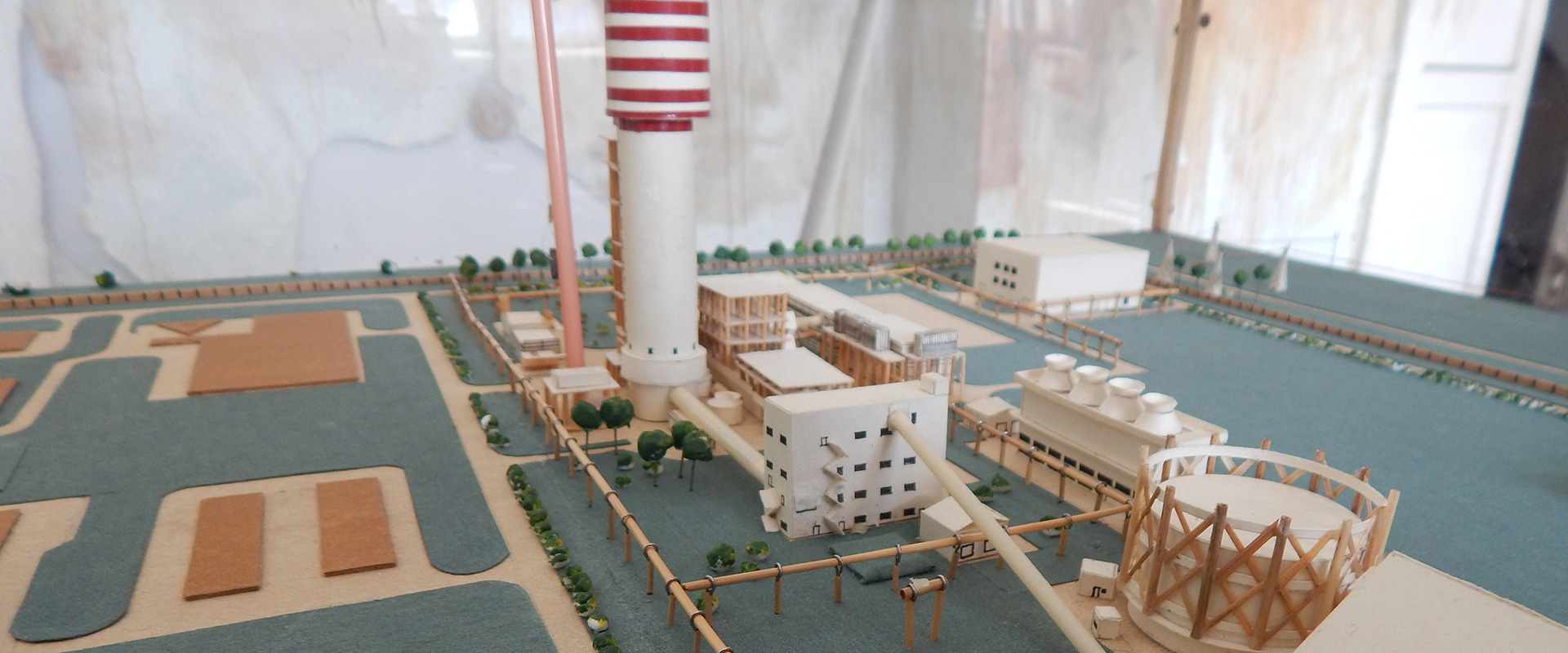
UkrGIAP - Abandoned Institute of Organic Chemistry
Abandoned laboratory in Dnepropetrovsk region, Ukraine.
UkrGIAP, also known as the Ukrainian State Research and Design Institute of the Nitrogen Industry and Organic Synthesis Products, was once one of the leading chemical institutes in Ukraine, located in the city of Kamianske (Dneprodzerzhinsk).
It was a multidisciplinary research institute specializing in developments in the chemical and petrochemical industries, and also engaged in the design, inspection and certification of equipment and facilities for the chemical industry.

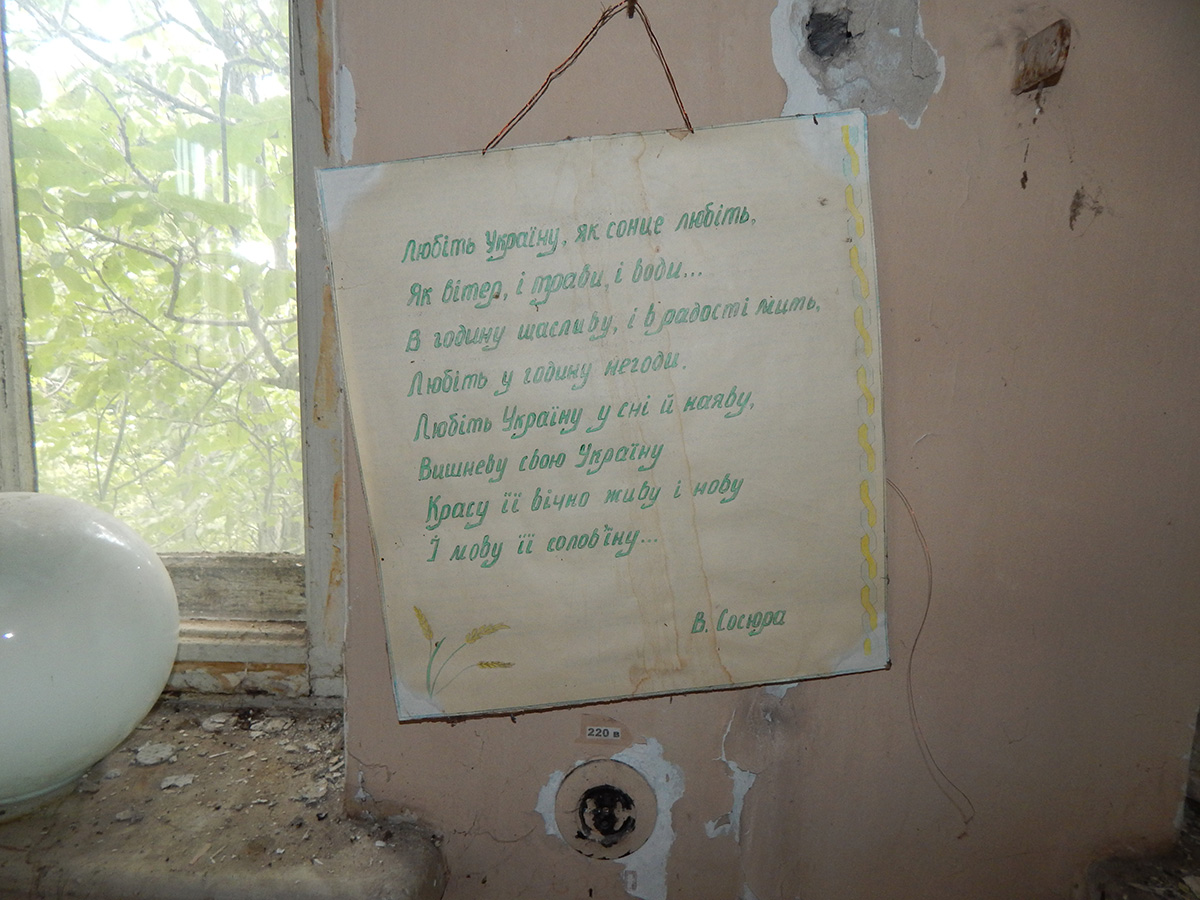
History of the institute
The history of the institute begins in 1953. At that time, Dneprodzerzhinsk was increasing production volumes and gradually turning into an industrial giant, becoming one of the leaders in the metallurgical, chemical and engineering industries. The Moscow parent GIAP, established in 1943 and specialized in the development of mineral fertilizers, opens its own GIAP branch in Ukraine, which in 1991 becomes UkrGIAP.
At the time of the opening, the head Vasily Vladimirovich Svyatukhin¹ was assigned a purely design task, and in subsequent years, the profile expanded significantly. There is a need to work on improving existing technologies for the production of ammonia, nitric acid, ammonium nitrate, methanol and caprolactam, while production volumes were measured on an industrial scale.
A great advantage for the work of the institute was the presence of an experimental nitrogen-fertilizer plant (DneprAzot), restored and expanding after the end of the Second World War. But not everything was so good, the dictatorship of total absurdity took its toll².
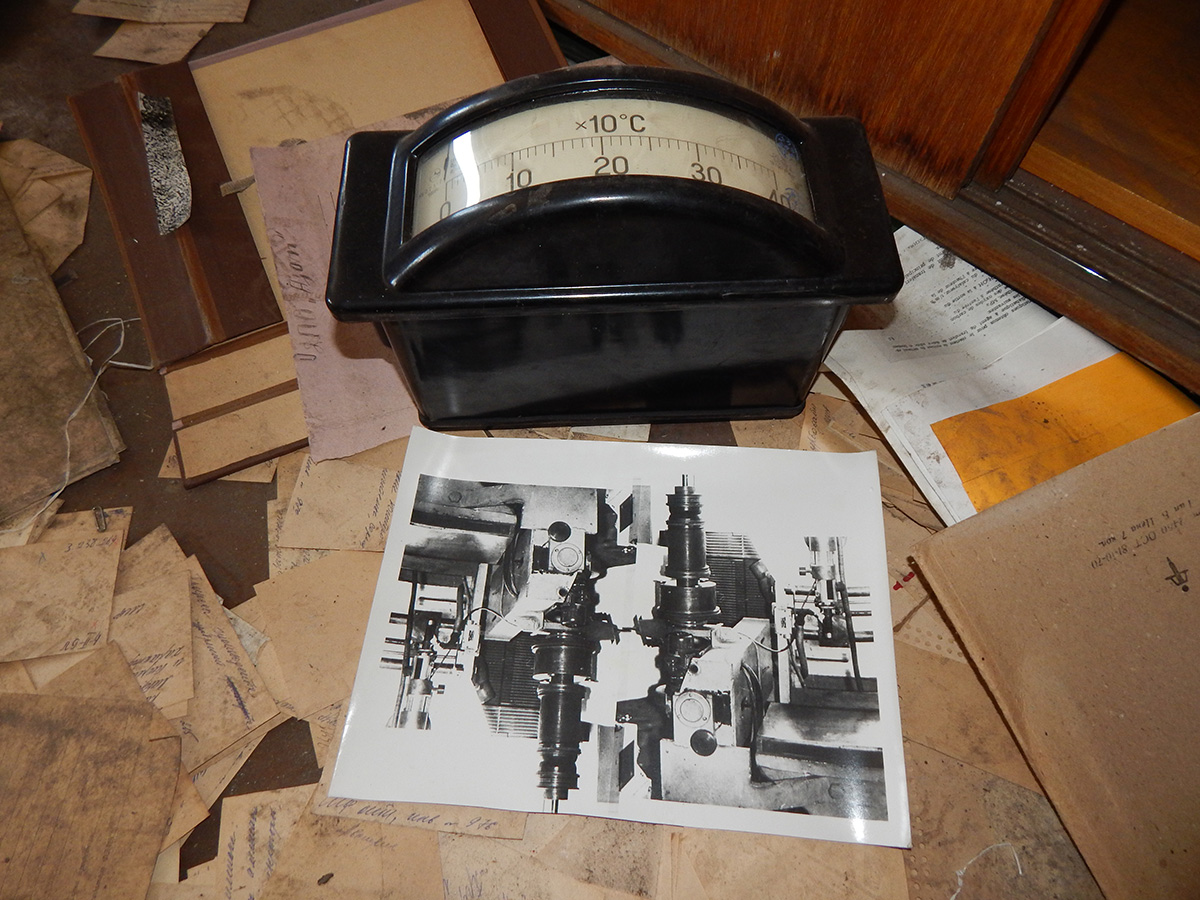
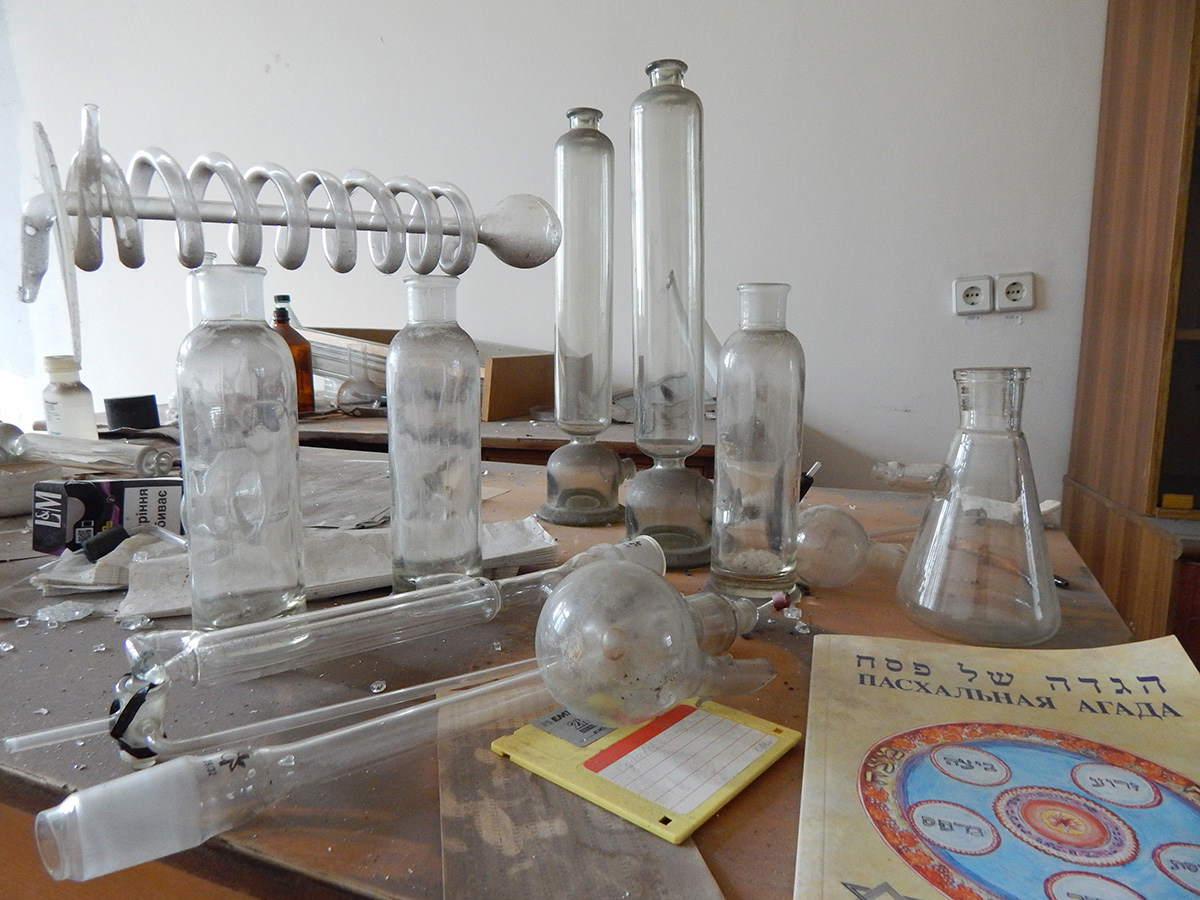
Specialization
Beginning in 1963, Grigory Abramovich Sister was appointed head of the institute, thanks to him the expansion began. New design and scientific buildings were built, a staff of research laboratories was formed, and new experimental facilities for research were designed and placed. During these years, the staff already consisted of 250 specialists, who formed 10 laboratory divisions, each of which was engaged in its own direction:
- Work in the field of production of mineral fertilizers.
- Study of the influence of low temperatures and vacuum on gas mixtures, for space technologies.
- Development of technology for the production of hydroxylamine sulfate.
- Work on the technology for producing highly pure gases (hydrogen) for the Buran orbital complex.
- Study of cleaning technologies for industrial gas emissions (industrial catalysts).
- Implementation of equipment for the production of nitric acid, UKL-7 installations at the enterprise.
- Department of scientific and technical information.
- Technological research in the field of production of strong nitric acid.
- The economic department specialized in calculating the effectiveness of introducing a particular technology to enterprises.
It is important to note that the institute had a department for the production of glass laboratory glassware, as well as a workshop in which the necessary parts were made.
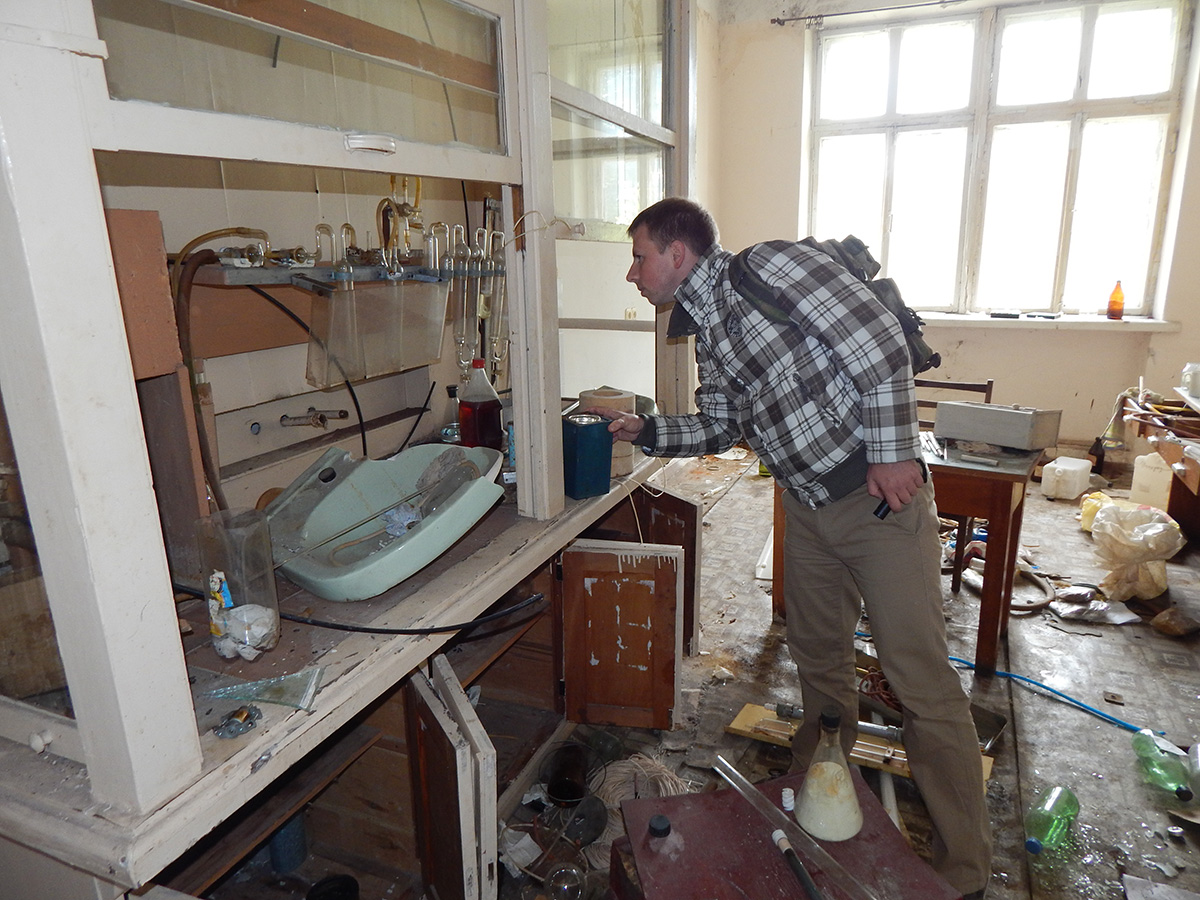

By the end of the 60s, according to plans to create a new plant for the production of ammonia, urea, liquid nitrogen, carbon dioxide and liquid oxygen, GIAP began designing³ the Odessa Port Plant. Already in 1972, work began on finding a site for its construction, in which the then director S. D. Melkonyan took an active part, but due to an accident in March 1973, he dies.
A little later, the chief engineer of the institute, Vasily Vladimirovich Svyatukhin, also fell seriously ill, leaving the GIAP without a leader. Project management passes to Deputy Chief Engineer Ivan Ivanovich Barabash, who signed the act of choosing a site for the construction of the future OPP, and already in 1975 he was appointed director of the institute. The history of the institute is completed by the son of Barabash, Alexander.

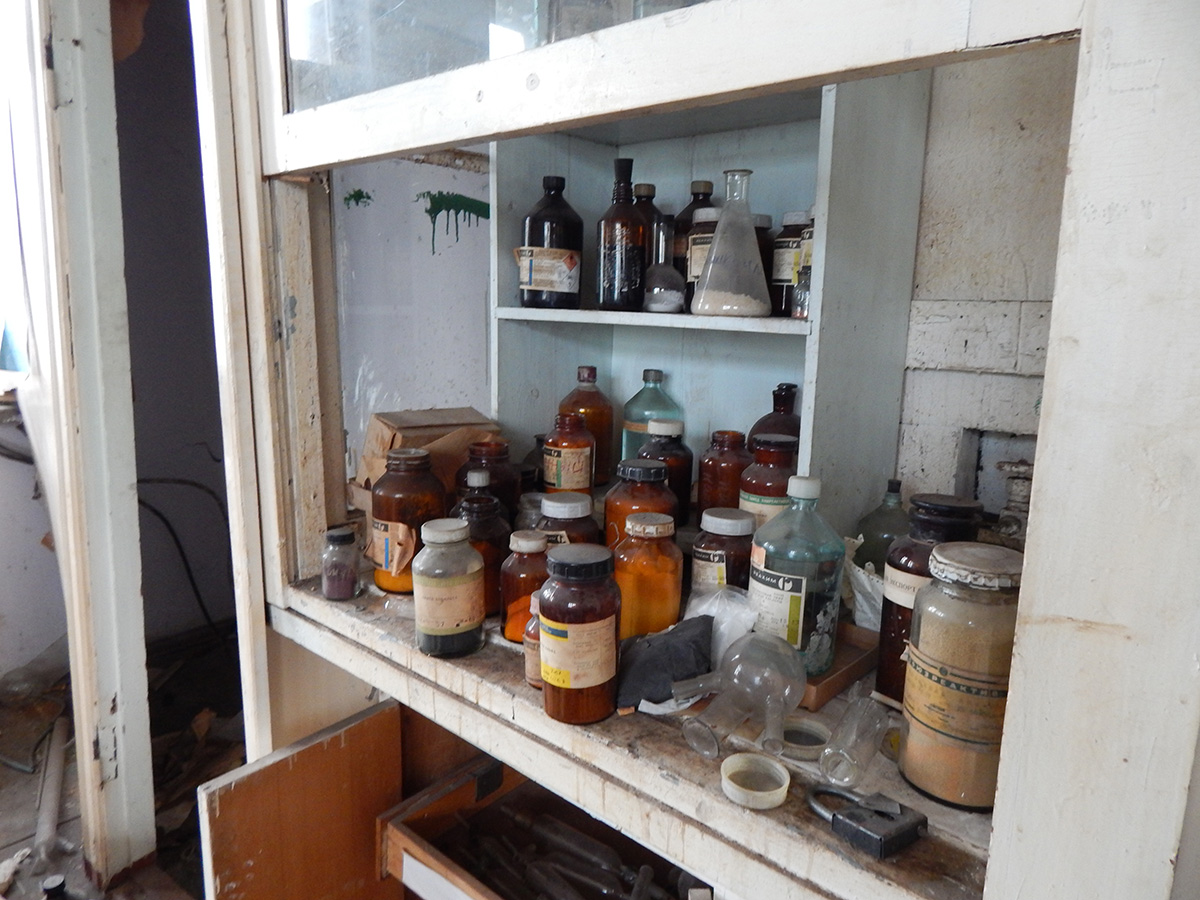
Conclusion
Throughout its existence, the institute worked on many projects of the chemical industry, and developments and design facilities were used not only in the USSR and independent Ukraine, but also far beyond its borders. A huge number of patents have been issued for the USA, France, Czechoslovakia, Finland, Great Britain, Germany, Hungary, Romania, Poland, Slovakia, Cuba, etc.
Learn more about how the institute became neglected – https://nashreporter.com/ru/society/istoriya-sozdaniya-i-razrusheniya-instituta-azotnoy-promyishlennosti-v-kamenskom-chast-iii
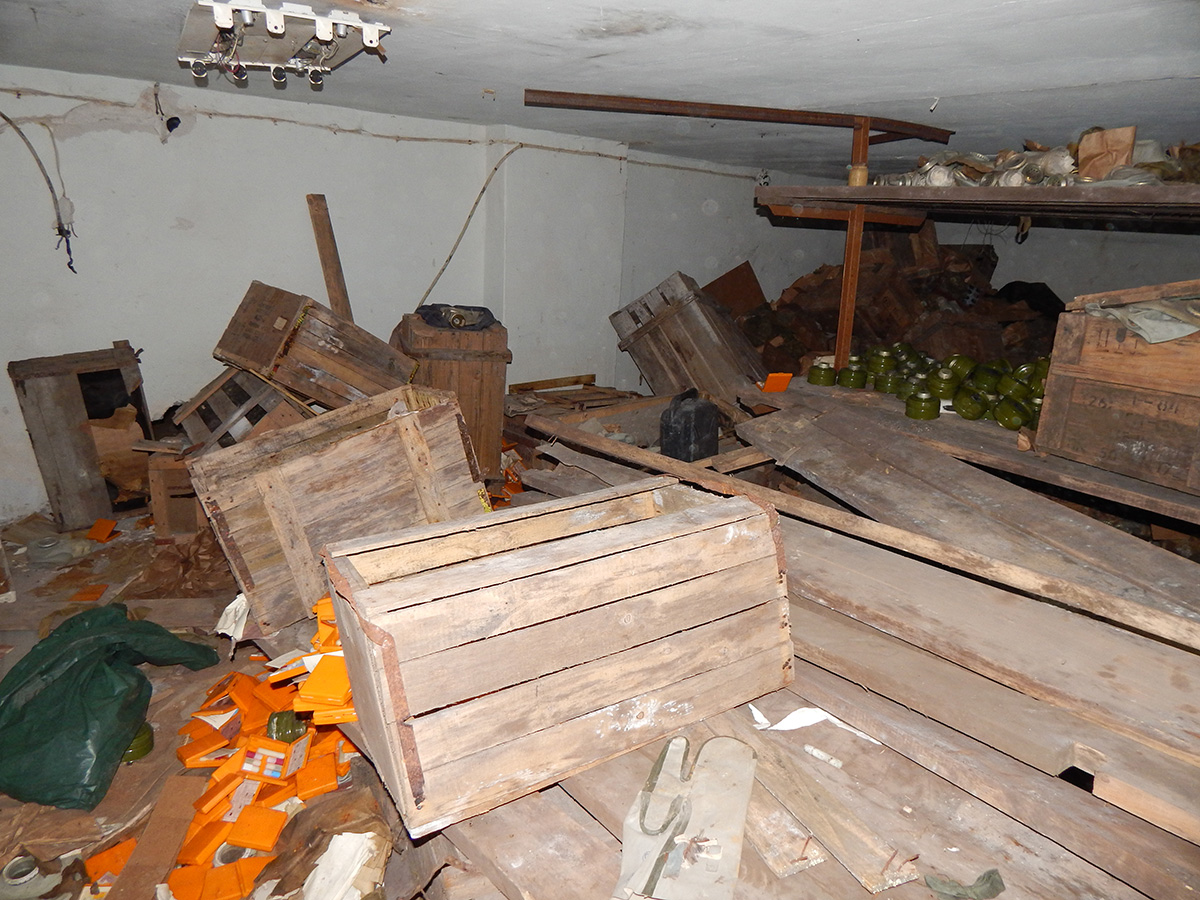

¹Vasily Vladimirovich Svyatukhin at the time of the opening of the institute was twice a laureate of the USSR State Prize. The first prize for the creation of an industrial technology for the production of carbamide (nitrogen fertilizer), and the second for a set of developments in the technology of production of corundum (artificial gems used in industry and jewelry).
² Quoted from the original. “And at the end of 1958, the Bagleysky district party committee received a signal from the party organizer regarding the selection of personnel at the institute. Inviting specialists to work, V. Svyatukhin was interested in their qualifications and business qualities, and not nationality. That is why he managed to start the most complex projects so quickly The communists accused the director of the fact that out of 120 employees of the institute, 8-10% were Jews. With a norm of up to 5%. There was such a norm! Svyatukhin was removed from the post of director. He remained at the institute as chief engineer, and the chief engineer, I. S. Radle-Tead (by the way, a Jew), headed the institute. The communists did not suffer from logic. “
³The project of the Odessa Port Plant gave a strong impetus to the development of the organization. The design department has grown to an institute.





